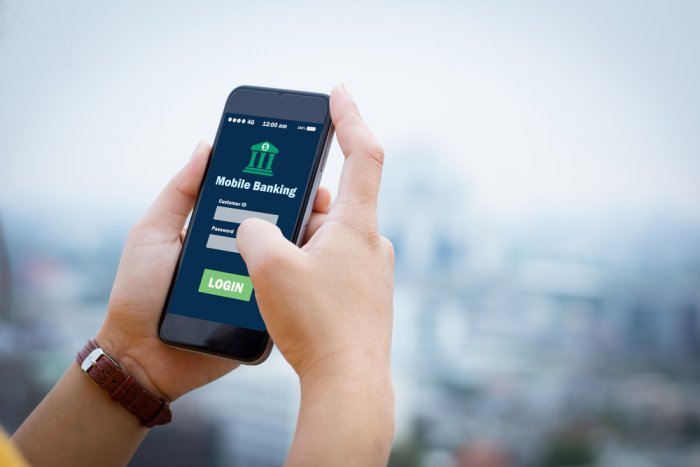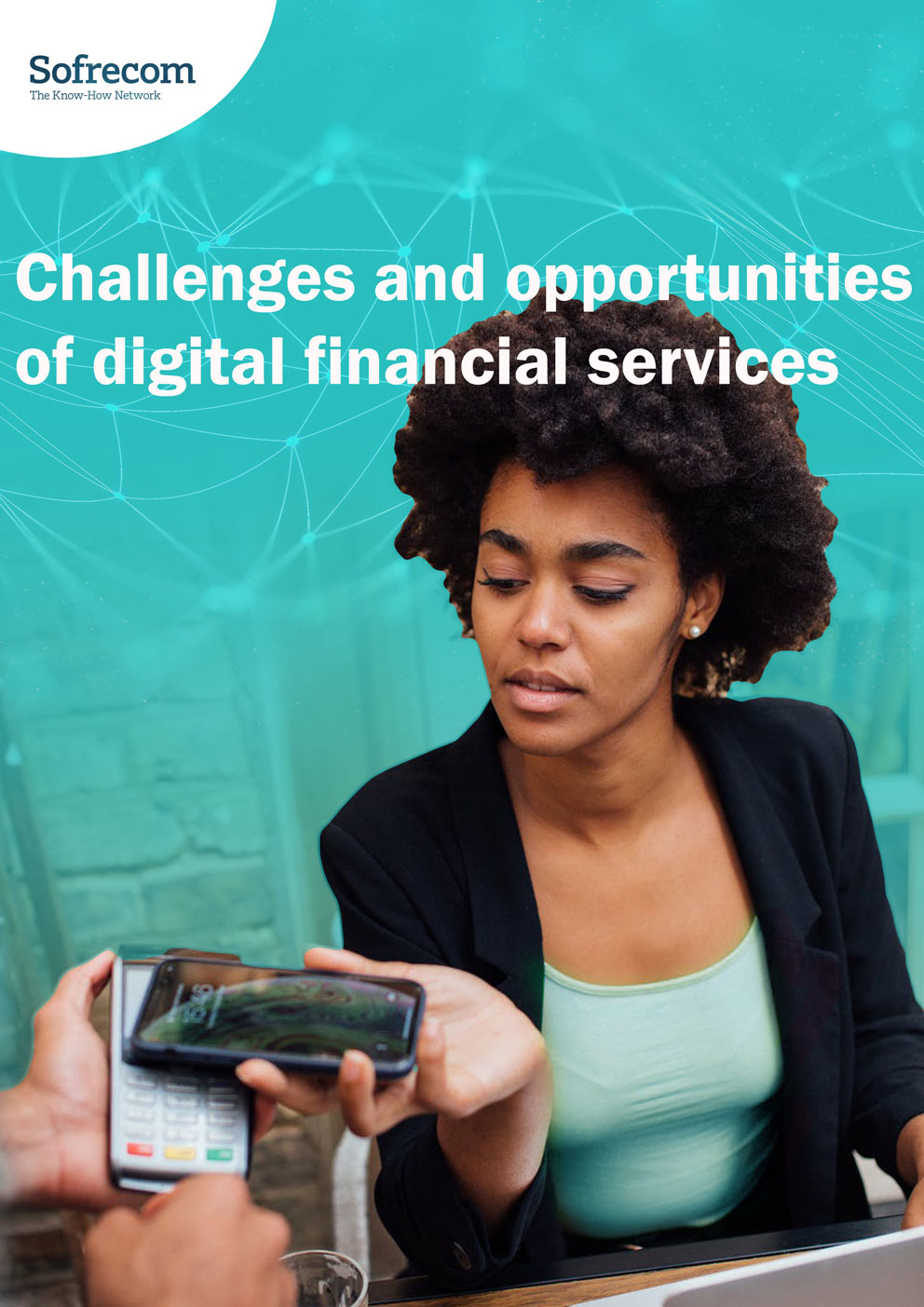

Operators are capitalising on the success of Mobile Money to launch new mobile financial services
They are faced with a host of banks, fintech and other financial institutions, which are both competitors and potential partners.
All want to take advantage of the incredible increase in mobile usage data and computing capabilities that make it possible to better assess the creditworthiness of individuals previously invisible to traditional banking groups.
Each one has a different set of strengths when it comes to offering an innovative, inexpensive, fast and accessible credit solution to the widest range of people.
In order to take into account the diversification of Mobile Money service providers as well as the transformation of credit solutions, the regulatory framework is evolving. However, there is no way yet to say who will benefit most from this new framework.
In this environment, telecom operators are faced with several questions:
- How does microcredit fit into the current telecom and Mobile Money services business?
- What strengths can operators draw on to become major providers of credit?
- How best to choose between an in-house solution or a solution built in partnership?
Mobile Money: telecom operators’ first successful steps in financial services
In the early 2000s, two-thirds of the world’s adult population did not have a bank account in a traditional financial institution [2]. Ten years later, the number of people without a bank account still stood at half of the world’s adult population, or 2.5 billion people. While most of them did not have the means to open a bank account, almost all had a mobile device and had access to basic communication services.
It is on this basis that telecom operators have succeeded in building affordable and widely accessible mobile e-wallet solutions. From 2010 to 2016, more than two hundred Mobile Money services were created and more than 500 million accounts were opened [3].
In terms of uses, a Mobile Money account allows you to hold and use money electronically via a mobile phone. At the end of 2016, there were more than 43 million transactions per day, totalling approximately $750 million³. Users:
- exchange money (20% of total transaction volume / 69% of total transaction value)
- pay bills (11% of volume / 13% of value)
- top up their mobile account (61% of volume / 6% of value)
- pay for their shopping with retailers (5% of the volume / 5% of the value)
- and, more recently, have been able to send money abroad (0.1% of the volume / 1% of the value).
Although the beginnings of Mobile Money date back to the early 2000s in the Philippines, the symbol of its growth remains the M-Pesa service developed in Kenya by Safaricom. At the end of 2008, it was the first Mobile Money service in the world to exceed the one million active customers mark. Today, the service boasts nineteen times that number of users. This means that nearly two out of three Kenyan adults had used the service at least once in the past 90 days.
This exceptional growth – all the more impressive in a country with relatively high proportion of people with bank accounts [4] – has demonstrated the ability of telecom operators to compete with banks, prompting many of them to invest in Mobile Money. By 2014, there were more Kenyan adults with a Mobile Money account than adults with a bank account in a traditional financial institution (58% versus 55%). This is now the case in about twenty countries in sub-Saharan Africa [5]. There are also 35 services that have already surpassed the one million active customers mark.
In ten years, the established Mobile Money services described above have become increasingly developed as the percentage of transactions made by households via their mobile account has increased. Two of the industry’s main challenges are now the interoperability and internationalisation of services. Making it possible to transfer electronic money between Mobile Money accounts held with different operators and/or in two countries will considerably boost the growth of its use.
However, beyond the geographical expansion of their service and of their ecosystem, Mobile Money operators are now also seeking to expand the range of financial services they offer.
That is why a number of them have decided to develop insurance, savings and credit services available directly from their platform. Well beyond payment, these new Mobile Money solutions help households manage the financial risks and crises they may encounter. By 2016, there were already 106 insurance services (life / health / hospital / accident), 26 savings services and 52 mobile-based credit solutions.
Just as they used existing mobile technologies to develop their payment and money transfer services, Mobile Money operators have taken advantage of recent technological advances in data analysis to revolutionise credit.
[4] In 2011, 42% of Kenyan adults had a bank account compared to an average of 24% in sub-Saharan Africa.
[5] Chad, Ghana, Liberia, Burundi, Cameroon, DRC, Gabon, Guinea, Kenya, Lesotho, Madagascar, Rwanda, Swaziland, Tanzania, Uganda, Zambia, Zimbabwe




